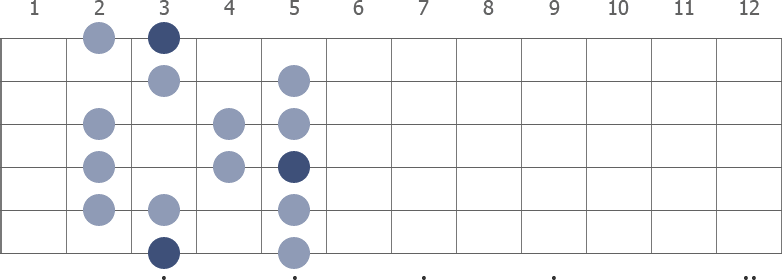


It is made up of: F, G, A, B-flat, C, D, E, F. The key of E-Major is a joyous key, even sometimes described as "joyous laughter." A symphony that uses the key of E-Major is Anton Bruckner's Symphony No. The scale is comprised of: E, F-sharp, G-sharp, A, B, C-sharp, D-sharp, and E. E Major ScaleĮ-Major contains four sharps. 2 is in D-Major is an example of a composition using this key. For this reason, many marches, religious, and holiday songs are written in D-Major. The key of D is representative of triumph and victory. The D-Major scale is made up of the notes: D, E, F-sharp, G, A, B, C-sharp, and D. The D-Major scale contains two sharps in the key signature, F-sharp and C-sharp. One of the most famous symphonies in C Major is Beethoven's Symphony No. It conveys a sense of innocence and simplicity. Since there are no sharps or flats in C-Major, it is considered to have a "pure" character. If you were to play this scale on the piano, it would contain only white keys. The C-Major scale is made of the notes: C, D, E, F, G, A, B, C. The C-Major scale is one of the first scales we learn because it doesn't contain any sharps or flats. The first note in that scale is "C." I could call C the "Tonic." E would be the mediant and G would be the dominant. To make that point more clear, look at the example of the C Major scale below. The distance between notes in a major scale always follow this pattern: whole, whole, half, whole, whole, whole, half.Įach note in a major scale can also be called a "Scale degree." What is a major scale?Ī major scale is made up of seven unique notes (and one repeated) that span the range of an octave. Some seem angry and could be used when writing pieces about war, others sad, and some joyous. When reading scales, you'll notice that the key is set in the key signature, not by accidentals on each note.Įach key also has character traits. There are several categories of scales: Major, minors, and modes. If you look at a scale, it looks like a ladder where each rung is a note that fits in the key signature. For you history buffs, or if you just want to rock on trivia night, then remember that the word scale comes from the Latin word "Scala," which means ladder. If you were to use just those notes, you could make melodies and harmonies that would sound good together. Scales are collections of the eight notes that make up a key.


 0 kommentar(er)
0 kommentar(er)
